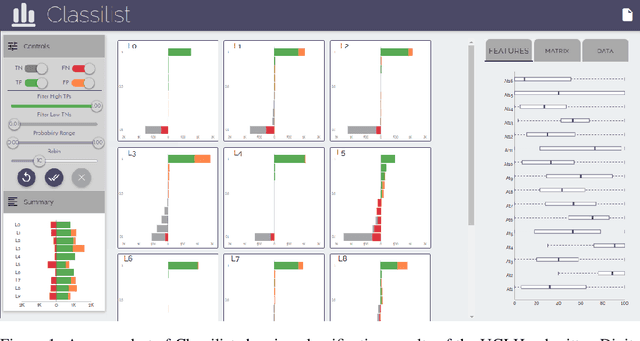Emma Beauxis-Aussalet
Hierarchical Multi-Positive Contrastive Learning for Patent Image Retrieval
Jun 16, 2025Abstract:Patent images are technical drawings that convey information about a patent's innovation. Patent image retrieval systems aim to search in vast collections and retrieve the most relevant images. Despite recent advances in information retrieval, patent images still pose significant challenges due to their technical intricacies and complex semantic information, requiring efficient fine-tuning for domain adaptation. Current methods neglect patents' hierarchical relationships, such as those defined by the Locarno International Classification (LIC) system, which groups broad categories (e.g., "furnishing") into subclasses (e.g., "seats" and "beds") and further into specific patent designs. In this work, we introduce a hierarchical multi-positive contrastive loss that leverages the LIC's taxonomy to induce such relations in the retrieval process. Our approach assigns multiple positive pairs to each patent image within a batch, with varying similarity scores based on the hierarchical taxonomy. Our experimental analysis with various vision and multimodal models on the DeepPatent2 dataset shows that the proposed method enhances the retrieval results. Notably, our method is effective with low-parameter models, which require fewer computational resources and can be deployed on environments with limited hardware.
How Do Companies Manage the Environmental Sustainability of AI? An Interview Study About Green AI Efforts and Regulations
May 12, 2025Abstract:With the ever-growing adoption of artificial intelligence (AI), AI-based software and its negative impact on the environment are no longer negligible, and studying and mitigating this impact has become a critical area of research. However, it is currently unclear which role environmental sustainability plays during AI adoption in industry and how AI regulations influence Green AI practices and decision-making in industry. We therefore aim to investigate the Green AI perception and management of industry practitioners. To this end, we conducted a total of 11 interviews with participants from 10 different organizations that adopted AI-based software. The interviews explored three main themes: AI adoption, current efforts in mitigating the negative environmental impact of AI, and the influence of the EU AI Act and the Corporate Sustainability Reporting Directive (CSRD). Our findings indicate that 9 of 11 participants prioritized business efficiency during AI adoption, with minimal consideration of environmental sustainability. Monitoring and mitigation of AI's environmental impact were very limited. Only one participant monitored negative environmental effects. Regarding applied mitigation practices, six participants reported no actions, with the others sporadically mentioning techniques like prompt engineering, relying on smaller models, or not overusing AI. Awareness and compliance with the EU AI Act are low, with only one participant reporting on its influence, while the CSRD drove sustainability reporting efforts primarily in larger companies. All in all, our findings reflect a lack of urgency and priority for sustainable AI among these companies. We suggest that current regulations are not very effective, which has implications for policymakers. Additionally, there is a need to raise industry awareness, but also to provide user-friendly techniques and tools for Green AI practices.
Prediction Scores as a Window into Classifier Behavior
Nov 18, 2017

Abstract:Most multi-class classifiers make their prediction for a test sample by scoring the classes and selecting the one with the highest score. Analyzing these prediction scores is useful to understand the classifier behavior and to assess its reliability. We present an interactive visualization that facilitates per-class analysis of these scores. Our system, called Classilist, enables relating these scores to the classification correctness and to the underlying samples and their features. We illustrate how such analysis reveals varying behavior of different classifiers. Classilist is available for use online, along with source code, video tutorials, and plugins for R, RapidMiner, and KNIME at https://katehara.github.io/classilist-site/.
 Add to Chrome
Add to Chrome Add to Firefox
Add to Firefox Add to Edge
Add to Edge